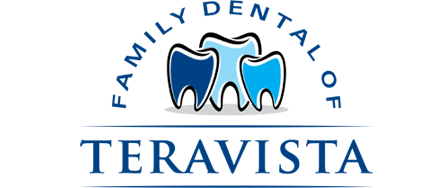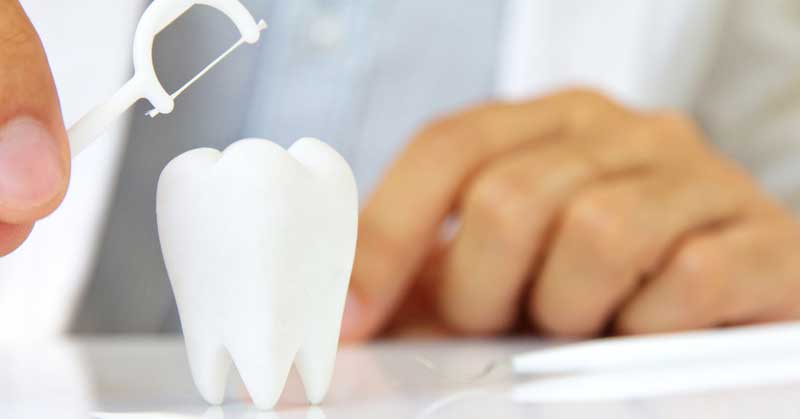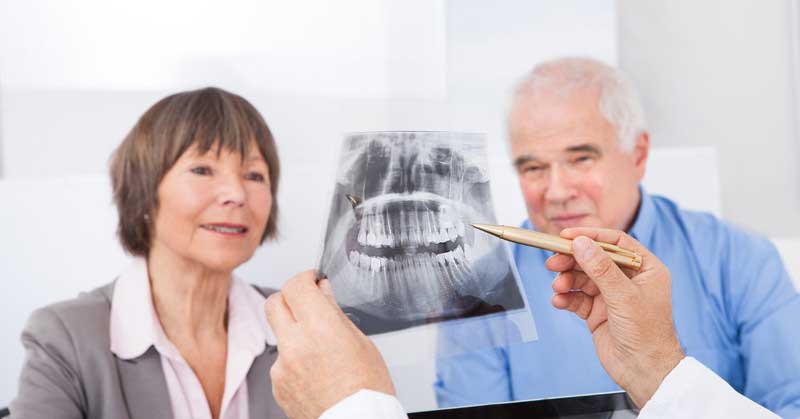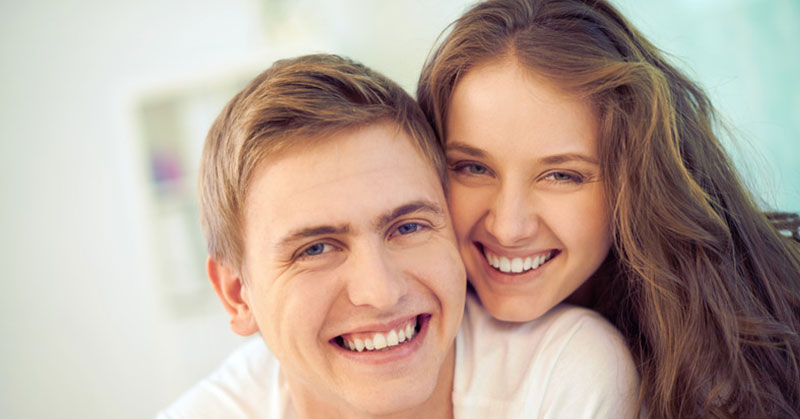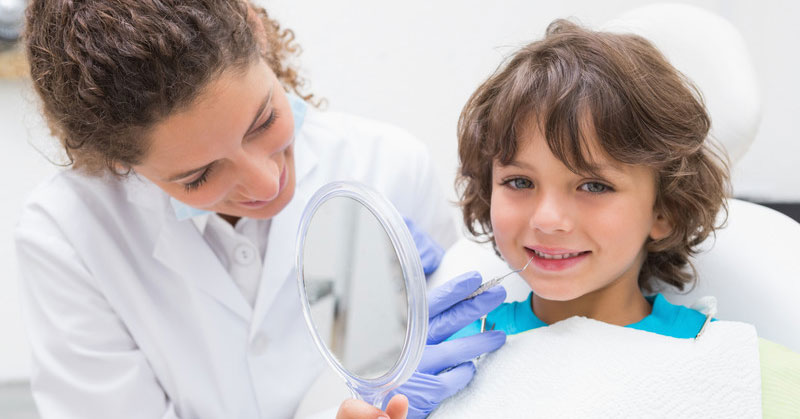One of the most important things you can do to enjoy good oral health is to take good care of your gums. In fact, periodontal care not only improves your oral health, it might just help to improve your overall health as well. Many recent studies conducted over the past several years have shown that other more serious health issues are related to gum problems, such as heart disease and diabetes, to name just two. Visiting your dentist twice a year is essential for good oral health, but there are other steps you can take at home to improve the health of your gums.
Your At-Home Periodontal Care Plan
In addition to visiting your dentist on a regular basis for professional exams and cleanings, the best way to keep your gums and teeth healthy is by following an oral hygiene routine at home each and every day. That routine should include the following:
- Brush at least twice a day, and floss at least once a day. If you’re concerned about the health of your gums, floss more often. Remember that it’s the trapped food left between your teeth that produces bacteria, and that in turn can lead to gum disease and tooth decay. So the more often you remove those leftover particles by flossing, the less chance there will be for bacteria to form.
- Eat a healthy diet. A plant-based diet, in combination with some lean protein and foods rich in calcium – such as yogurt and cheese, for example – is not only good for your overall health, it’s good for your teeth and gums as well. And avoid foods and drinks with too much sugar.
- Use an anti-gingivitis mouthwash. Several varieties are available over-the-counter. Just be certain that the label indicates the mouthwash is anti-gingivitis.
- Recognize the symptoms. The earlier you treat gum disease, the easier and more effective the treatment will be. Recognize the symptoms, and see your dentist right away if you experience any of them.
Gum Disease Symptoms
The good news about gum disease is that it can be reversed if it’s caught in the early stages. There are several symptoms that usually indicate a problem exists:
- Gums that bleed when you brush and floss.
- Red or dark pink gums.
- Swollen and/or sore or tender gums.
- Receding gums.
- Sores on gum tissue.
The best treatment is so often preventing the problem to begin with. By seeing your dentist on a regular basis, and by following an oral hygiene routine at home every day, you should be able to avoid gum disease altogether.
